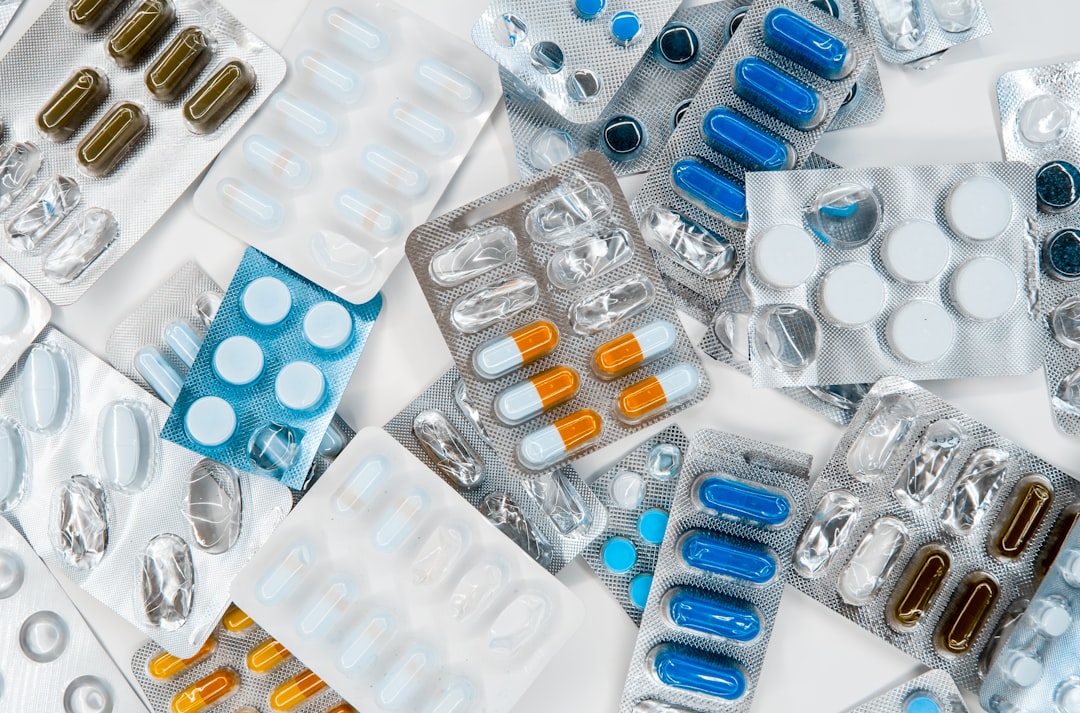What is it about?
Mupirocin is a commercially available antibiotic that acts on bacterial isoleucyl-tRNA synthetase, thereby inhibiting protein synthesis and preventing bacterial infection. An in vitro glycosylation approach was applied to synthesize glycoside derivatives of mupirocin using different NDP-sugars and glycosyltransferase from Bacillus licheniformis. Ultra pressure liquid chromatography-photo diode array analyses of the reaction mixtures revealed the generation of product peak(s). The results were further supported by high-resolution quadruple time of flight electrospray ionization mass spectrometry analyses. The product purified from the reaction mixture with UDP-D-glucose was subjected to NMR analysis, and the structure was determined to be mupirocin 6-O-β-D-glucoside. Other glycoside analogs of mupirocin were determined based on high-resolution mass analyses. Antibacterial activity assays against Staphylococcus aureus demonstrated complete loss of antibacterial activity after glucosylation of mupirocin at the 6-hydroxyl position.
Featured Image
Why is it important?
Antibiotic glycosides synthesis enzymatically.
Read the Original
This page is a summary of: Enzymatic glycosylation of the topical antibiotic mupirocin, Glycoconjugate Journal, July 2014, Springer Science + Business Media,
DOI: 10.1007/s10719-014-9538-6.
You can read the full text:
Contributors
The following have contributed to this page










